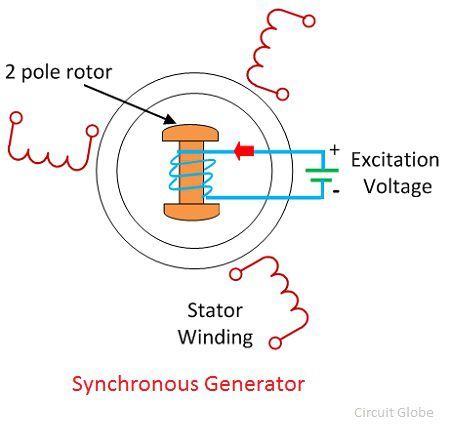Synchronous Generators
Synchronous machines are principally used as alternating
current (AC) generators. They supply the electric power used by all sectors of
modern societies: industrial, commercial, agricultural, and domestic.
Synchronous generators usually operate together (or in
parallel), forming a large power system supplying electrical energy to the
loads or consumers.
Synchronous generators are built in large units, their
rating ranging from tens to hundreds of megawatts.
Synchronous generator converts mechanical power to ac
electric power. The source of mechanical power, the prime mover, may be a
diesel engine, a steam turbine, a water turbine, or any similar device.
For high-speed machines, the prime movers are usually steam
turbines employing fossil or nuclear energy resources.
Low-speed machines are often driven by hydro-turbines that
employ water power for generation.
Smaller synchronous machines are sometimes used for private generation and as standby units, with diesel engines or gas turbines as prime movers.

Related Articles
Lesson meta keywords and meta description:
Write a public review